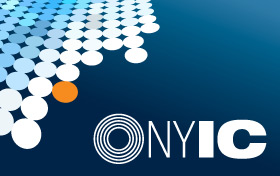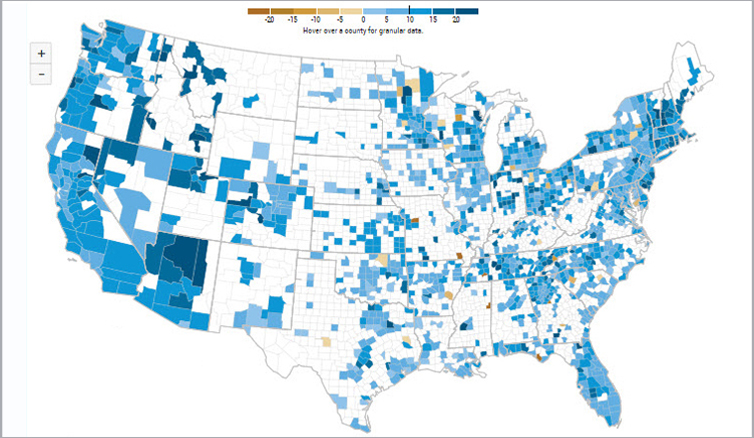|
The Aggregate
Subscribe to this twice-monthly newsletter covering the latest economic research from the New York Fed.
|
Economic Research
RESEARCH TOPICS

The mission of the Applied
Macroeconomics and Econometrics
Center (AMEC) is to provide intellectual
leadership in the central banking
community in the fields of macro and
applied econometrics.
Data Releases
Global Supply Chain Pressure Index
(Updated: Monthly)
Measuring the Natural Rate of Interest
(Updated: Quarterly)
Multivariate Core Trend Inflation
(Updated: Monthly)
The New York Fed DSGE Model
(Updated: Quarterly)
New York Fed Staff Nowcast
(Updated: Weekly)
Outlook-at-Risk
(Updated: Monthly)
Treasury Term Premia
(Updated: Daily)
Yield Curve as a Leading Indicator
(Updated: Monthly)
Data Releases
Global Supply Chain Pressure Index
(Updated: Monthly)
Measuring the Natural Rate of Interest
(Updated: Quarterly)
Multivariate Core Trend Inflation
(Updated: Monthly)
The New York Fed DSGE Model
(Updated: Quarterly)
New York Fed Staff Nowcast
(Updated: Weekly)
Outlook-at-Risk
(Updated: Monthly)
Treasury Term Premia
(Updated: Daily)
Yield Curve as a Leading Indicator
(Updated: Monthly)

Monthly surveys conducted by the New York Fed track the sentiment of executives at regional manufacturing and service-sector firms regarding business conditions.
Data Releases
Empire State Manufacturing Survey
(Updated: Monthly)
Business Leaders Survey
(Updated: Monthly)
Regional Business Surveys:
Special Topics
(Updated: Quarterly)
Data Releases
Empire State Manufacturing Survey
(Updated: Monthly)
Business Leaders Survey
(Updated: Monthly)
Regional Business Surveys:
Special Topics
(Updated: Quarterly)
Alain Chaboud, Ellen Correia Golay, Michael Fleming, Yesol Huh, Frank Keane, and Or Shachar, Staff Report 1170, November 2025
Carole Roan Gresenz, Jean M. Mitchell, R. Scott Turner, Wilbert van der Klaauw, and Crystal Wang, Staff Report 1169, October 2025
Sergio Correia, Stephan Luck, and Emil Verner, Staff Report 1168, October 2025
Felix Aidala, Gizem Koşar, Daniel Mangrum, and Wilbert van der Klaauw, Staff Report 1167, October 2025
Matteo Crosignani, Jonathan Kivell, Daniel Mangrum, Donald Morgan, Ambika Nair, Joelle Scally, and Wilbert van der Klaauw, Economic Policy Review 31, no. 3, September
Ufuk Akcigit, Harun Alp, Jeremy Pearce, and Marta Prato, Staff Report 1166, September 2025
Benjamin Hyman, Benjamin Lahey, Karen Ni, and Laura Pilossoph, Staff Report 1165, August 2025
Viral V. Acharya, Matteo Crosignani, Tim Eisert, and Christian Eufinger, Staff Report 1164, August 2025
Tools
Upcoming Events
People
Related New York Fed Content
Related External Content
By continuing to use our site, you agree to our Terms of Use and Privacy Statement. You can learn more about how we use cookies by reviewing our Privacy Statement. 





























